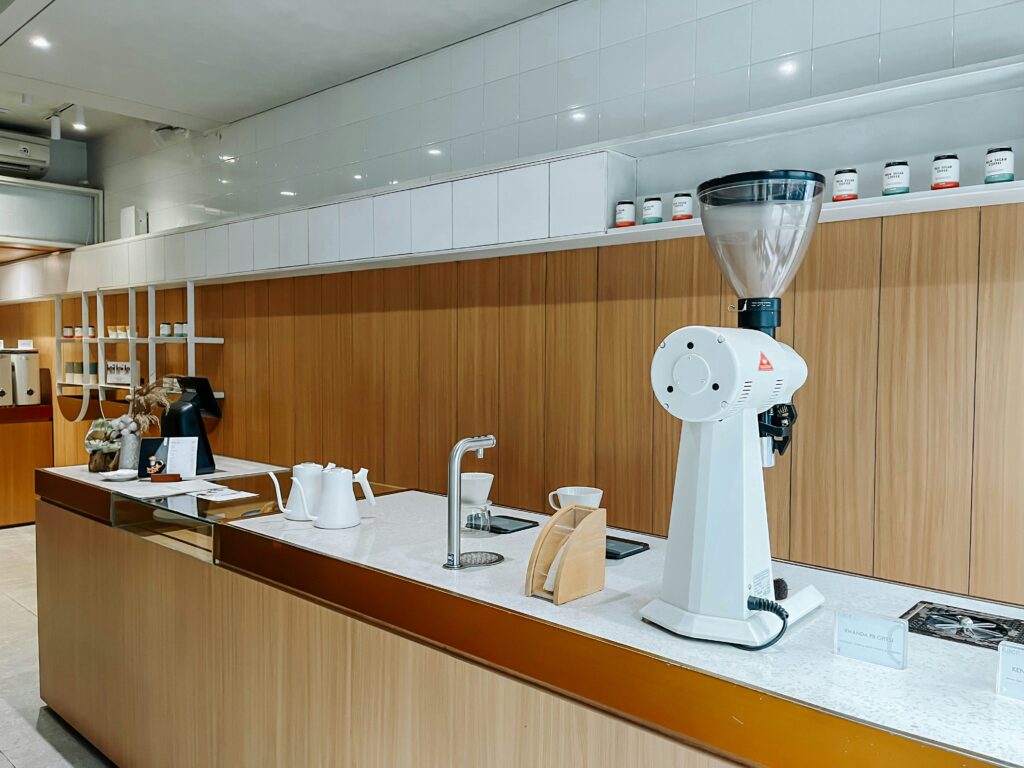Have you ever imagined a world where robots could serve us our favorite meal with just a touch of a button? Well, that future might not be too far away with the rise of robotic kitchens in the food industry.
According to a report by Allied Market Research, the global robotic kitchen market is expected to reach $11.1 billion by 2027, with a compound annual growth rate of 22.1%. This exponential growth can be attributed to the increasing demand for automation and efficiency in the food service sector.
One of the key players in this emerging field is Moley Robotics, a UK-based company that has developed a robotic kitchen equipped with arms that can cook with the dexterity and skill of a master chef. Tim Anderson, the winner of MasterChef UK, praised the technology, saying, “It’s incredible to see how robots are revolutionizing the way we cook and eat.”
While some may argue that robots in the kitchen could lead to job loss, others see it as a solution to the labor shortage in the industry. As technology continues to advance, it’s crucial for businesses to adapt and embrace these innovations to stay competitive in the market.
With the rapid development of robotic kitchens, we are witnessing a transformation in the way we prepare and consume food. This shift not only improves efficiency and reduces costs but also opens up new possibilities for creativity and innovation in the culinary world. As we navigate this technological revolution, the integration of robots in the food industry is undoubtedly shaping the future of dining experiences worldwide.



